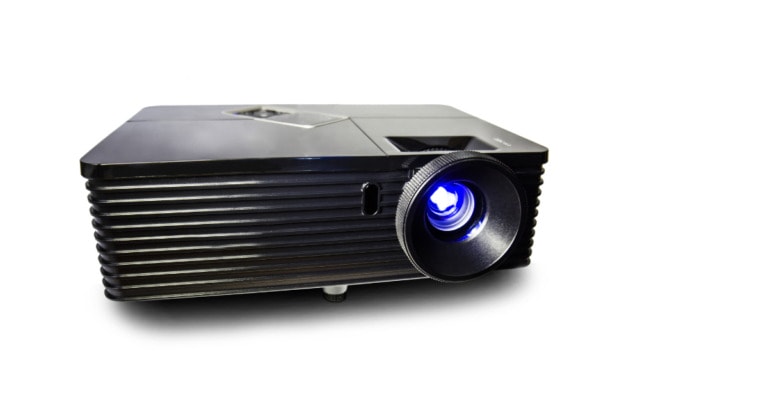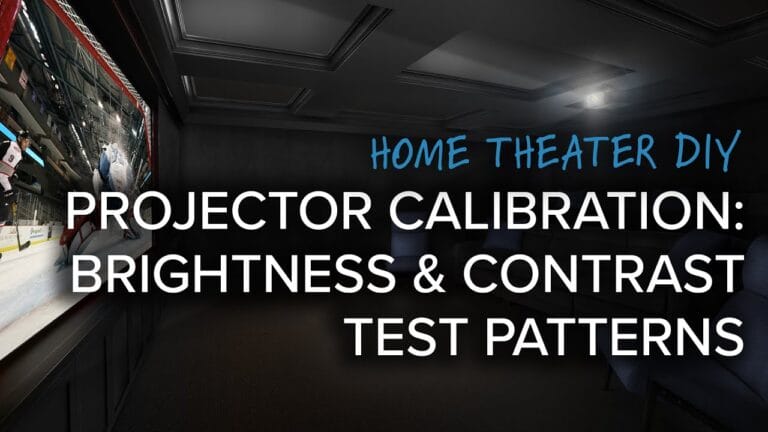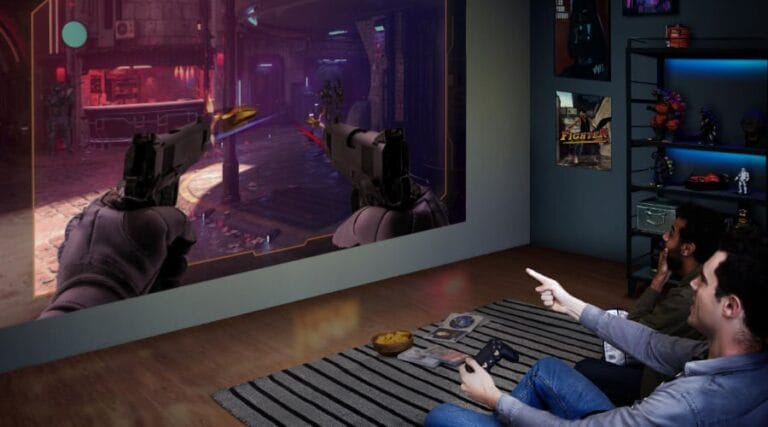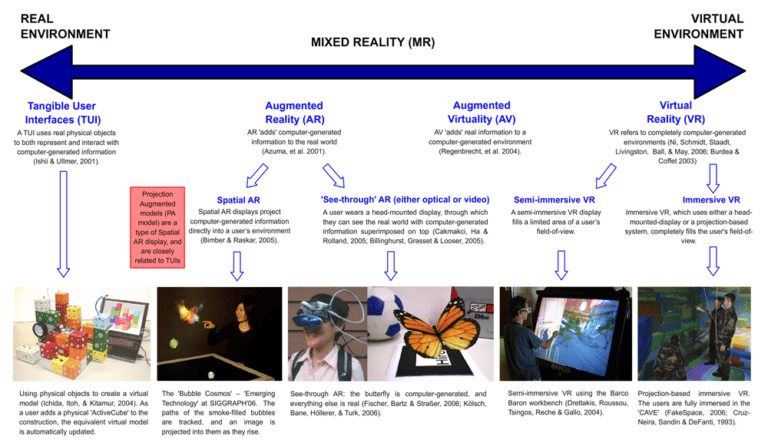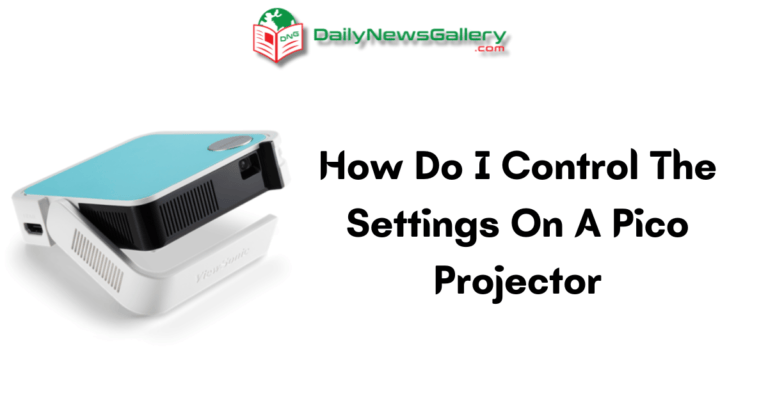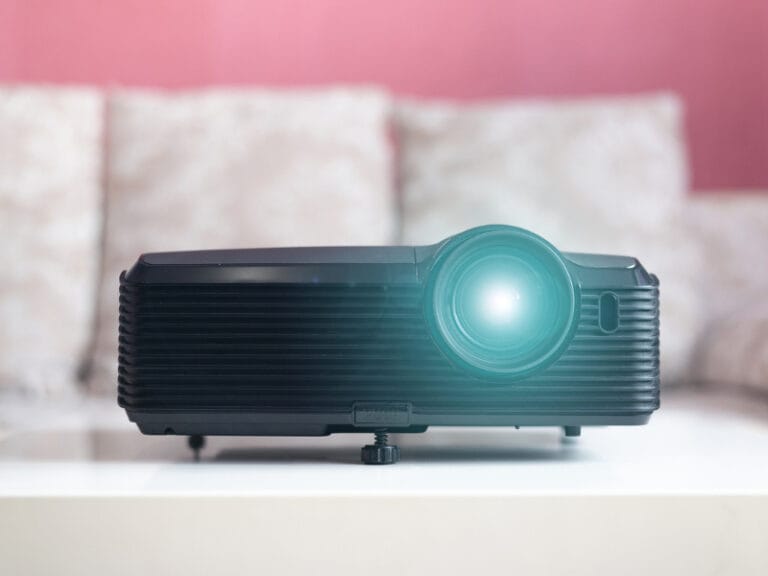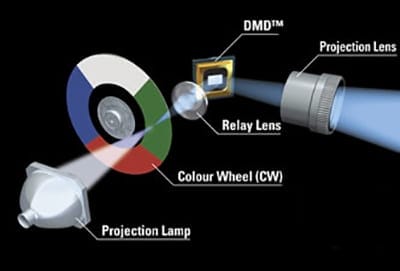
Can a DLP projector display high-definition content? If you’ve ever wondered whether these projectors are up to the task of delivering crisp and clear visuals, you’ve come to the right place. In this article, we’ll explore the capabilities of DLP projectors when it comes to displaying high-definition content. So, buckle up and get ready to dive into the world of DLP projectors and high-definition goodness!
Now, you might be thinking, “What exactly is a DLP projector?” Well, DLP stands for Digital Light Processing, and it’s a type of technology used in projectors to create images. These projectors use microscopic mirrors to reflect light and create stunning visuals on the screen. But can they handle the demands of high-definition content? That’s the question we’re here to answer.
Whether you’re a movie buff, a gaming enthusiast, or a fan of jaw-dropping presentations, the ability of a DLP projector to display high-definition content is crucial. In the next few paragraphs, we’ll delve into the details to uncover the truth about these projectors and their high-definition capabilities. So, let’s get started and find out if a DLP projector can deliver the HD experience you’ve been dreaming of!
Can A Dlp Projector Display High-definition Content?
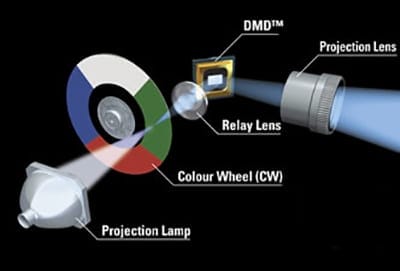
Can a DLP Projector Display High-Definition Content?
In today’s digital age, high-definition content has become the norm, whether it’s a blockbuster movie, a sports event, or a business presentation.
However, when it comes to projectors, there’s often a debate about whether a DLP (Digital Light Processing) projector can truly deliver high-definition visuals.
In this article, we will explore the capabilities of DLP projectors and discuss whether they can display high-definition content effectively.
Understanding DLP Technology
DLP technology is based on a microdisplay chip called a DMD (Digital Micromirror Device), which consists of thousands of tiny mirrors arranged in a grid. These mirrors can tilt rapidly to reflect light either toward or away from the screen. By rapidly switching the mirrors on and off, DLP projectors can create the illusion of a moving image.
When it comes to high-definition content, DLP projectors have made significant advancements. Many DLP projectors now support resolutions of 1080p or even 4K, which means they can display content with exceptional clarity and detail. The use of advanced image processing technologies and high-quality optics further enhances the visual performance of DLP projectors, allowing them to rival the image quality of other display technologies.
It’s important to note that not all DLP projectors are created equal. The image quality and resolution capabilities will vary depending on the specific model and manufacturer. Therefore, it’s essential to consider the specifications and features of the DLP projector before determining its ability to display high-definition content.
The Benefits of DLP Projectors for High-Definition Content
There are several reasons why DLP projectors are well-suited for displaying high-definition content:
- Sharper and Crisper Images: DLP projectors excel at reproducing fine details and sharp edges, resulting in a crisp and clear image. The micro mirror array technology ensures that each pixel is accurately displayed, delivering an immersive visual experience.
- Fast Response Times: DLP projectors have fast response times, which is crucial for high-definition content with fast-moving action, such as sports or action movies. The quick mirror movement eliminates motion blur and ghosting, ensuring smooth visuals even during fast-paced scenes.
- High Contrast Ratios: DLP projectors often boast high contrast ratios, which contribute to vibrant colors and deep blacks. This contrast enhancement is essential for displaying the full range of colors and shades within high-definition content.
DLP vs. Other Display Technologies
While DLP projectors have their advantages, it’s essential to compare them to other popular display technologies to understand their relative performance when it comes to high-definition content.
DLP vs. LCD:
DLP and LCD (Liquid Crystal Display) are two prominent projector technologies. LCD projectors use liquid crystal panels to project images onto the screen.
When it comes to high-definition content, DLP projectors often provide better contrast, color reproduction, and overall image quality compared to LCD projectors.
However, LCD projectors typically have better color accuracy and are more suitable for applications that require precise color reproduction, such as graphic design or professional photography.
DLP vs. LCoS:
LCoS (Liquid Crystal on Silicon) is another projector technology that uses liquid crystals on a reflective silicon substrate. LCoS projectors often provide excellent color reproduction and high pixel density, making them suitable for high-definition content. However, DLP projectors typically have better motion handling, faster response times, and a more affordable price point.
DLP vs. Laser Projectors:
Laser projectors are known for their exceptional brightness and color accuracy. They utilize laser light sources instead of traditional lamps, resulting in vivid and vibrant visuals. While DLP projectors may not match the unmatched brightness and color performance of laser projectors, they still offer a more affordable option for displaying high-definition content without compromising on image quality.
The Future of DLP Projectors and High-Definition Content
As technology continues to advance, DLP projectors are expected to keep up with the demand for high-definition content. Manufacturers are continually improving the image quality, resolution capabilities, and overall performance of DLP projectors, ensuring that they remain a viable option for displaying high-definition visuals.
Conclusion
So, can a DLP projector display high-definition content? The answer is a resounding yes. With their advanced technology, high resolutions, and image processing capabilities, DLP projectors are more than capable of delivering stunning visuals for high-definition content.
Whether it’s for home theater use, business presentations, or educational applications, a well-equipped DLP projector can provide an immersive and engaging experience that rivals other display technologies. When choosing a DLP projector, consider the specific model, resolution, and features to ensure it meets your high-definition content needs.”
Key Takeaways:
- Yes, a DLP projector can display high-definition content.
- DLP stands for Digital Light Processing, a technology used in projectors.
- DLP projectors can support various resolutions, including full HD (1920 x 1080) and even 4K.
- High-definition content will look crisp and clear when projected with a DLP projector.
- DLP projectors offer excellent color accuracy and image quality, making them suitable for movies, gaming, and presentations.
Frequently Asked Questions
Welcome to our Frequently Asked Questions section! Here, we’ll address some common queries about DLP projectors and their ability to display high-definition content. Read on to learn more.
1. What is a DLP projector and can it display high-definition content?
A DLP projector, also known as a Digital Light Processing projector, is a type of projector that uses microscopic mirrors to reflect light and produce images.
These projectors can indeed display high-definition content. DLP projectors come in various resolutions, including those that support Full HD (1080p) and even 4K Ultra HD resolutions. With the advancement of DLP technology, these projectors can deliver crisp and detailed images, making them suitable for watching high-definition movies, gaming, and presentations.
However, it’s important to note that not all DLP projectors automatically display high-definition content. Some models might have lower resolutions or limitations that prevent them from reproducing high-definition visuals. To ensure you can enjoy high-definition content, it’s recommended to check the specifications of the DLP projector before making a purchase.
2. Can a DLP projector enhance the quality of non-HD content?
Although DLP projectors are known for their ability to display high-definition content, they can also enhance the quality of non-HD content to a certain extent.
DLP projectors utilize advanced image processing technologies, such as pixel shifting or upscaling, to improve the sharpness, clarity, and color accuracy of lower-resolution images or videos. This means that even if you’re projecting standard-definition content, a DLP projector can still make it look better compared to traditional projectors.
However, it’s worth mentioning that the extent of improvement may vary depending on the specific DLP projector model and its image processing capabilities.
While the visual enhancement is noticeable, it might not match the quality of true high-definition content. For the best results with non-HD content, it’s advisable to use higher-quality source materials and adjust the projector’s settings accordingly.
3. Are DLP projectors suitable for gaming and fast-moving content?
Yes, DLP projectors are highly suitable for gaming and fast-moving content. DLP technology excels in handling fast action scenes and motion due to its fast response time, high refresh rates, and ability to display rapid image transitions without motion blur. This makes them ideal for gaming, where smooth and fluid visuals are crucial for an immersive experience.
Additionally, DLP projectors often have a high contrast ratio, which enhances the visibility of details in dark and bright areas of the screen. This can be beneficial when playing games with atmospheric lighting or games that have a dynamic range of colors. Just make sure to select a DLP projector with a low input lag for minimal delay between your gaming inputs and the displayed visuals.
4. Can a DLP projector be used for professional presentations?
Absolutely! DLP projectors are widely used for professional presentations due to their ability to deliver clear, detailed, and vibrant visuals. Whether you’re presenting charts, graphs, slideshows, or multimedia content, a high-quality DLP projector can make your presentation more engaging and impactful.
Moreover, many DLP projectors offer features specifically designed for presentations, such as keystone correction, which helps align the projected image properly on the screen even if the projector is placed at an angle. Some DLP projectors also have wireless connectivity options, making it easy to project content from laptops or mobile devices without the need for extra cables.
5. Do DLP projectors require special screens for displaying high-definition content?
No, DLP projectors do not require special screens to display high-definition content. They can work well with a variety of screen types, including standard white screens or projector screens designed for high-definition content. However, using a high-quality screen specifically designed for high definition can enhance the overall viewing experience by improving color accuracy, contrast, and image sharpness.
When choosing a screen for your DLP projector, consider factors such as gain (reflectivity), ambient light rejection, and the size of the screen.
These factors can affect the projector’s performance and the visibility of high-definition content in different viewing environments. It’s important to find a balance that suits your specific setup and viewing preferences.
DLP projectors can display high-definition content, but it depends on their resolution capabilities. Some DLP projectors can handle HD content, while others cannot. It’s important to check the specifications before purchasing.
If you want to watch movies or play games in high definition, make sure the DLP projector you choose has a resolution of at least 1080p. This will ensure that you get sharp and clear images. However, if you only need a projector for basic presentations, a lower resolution may be sufficient. Remember to check the projector’s resolution before making your decision.

